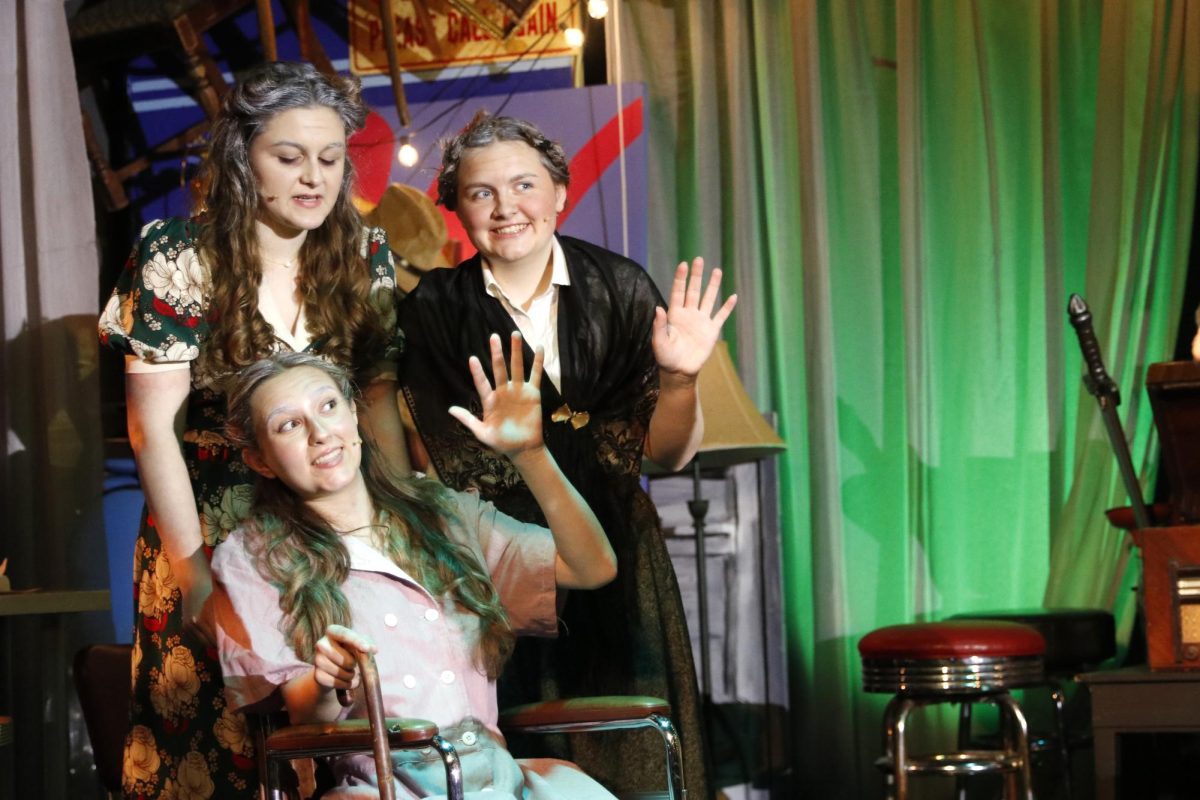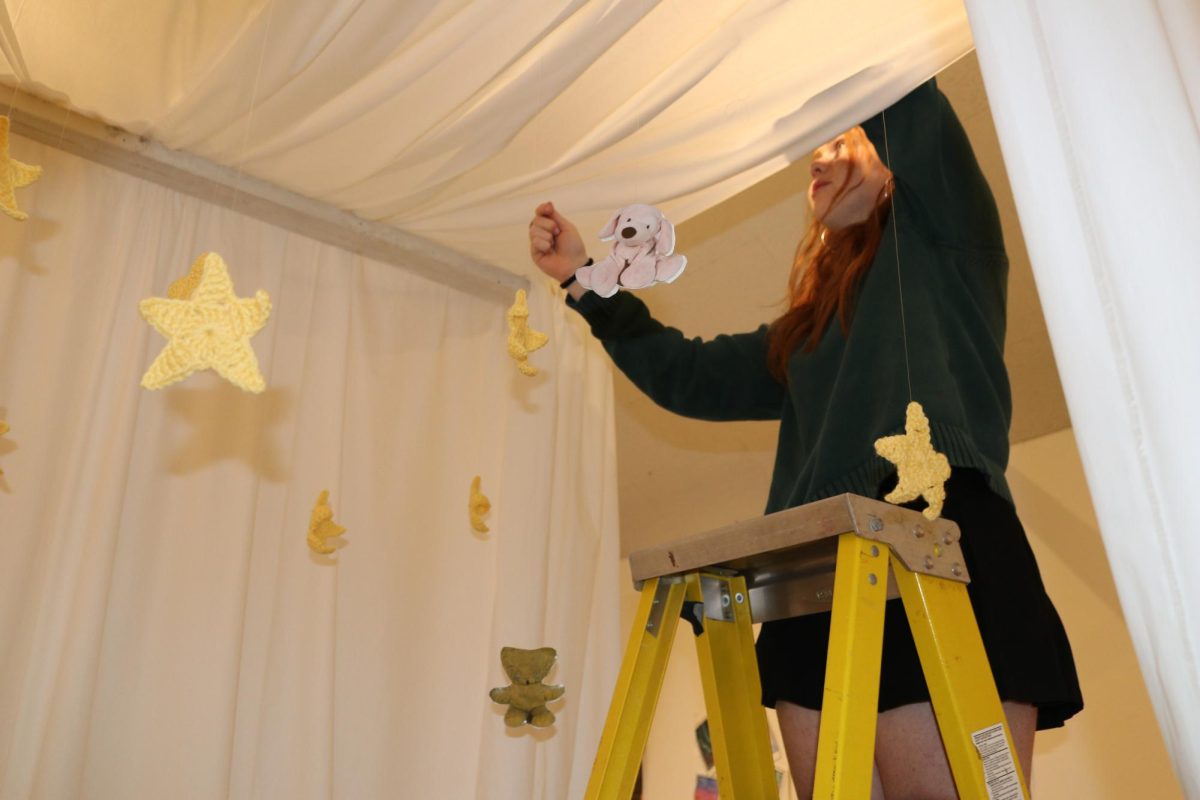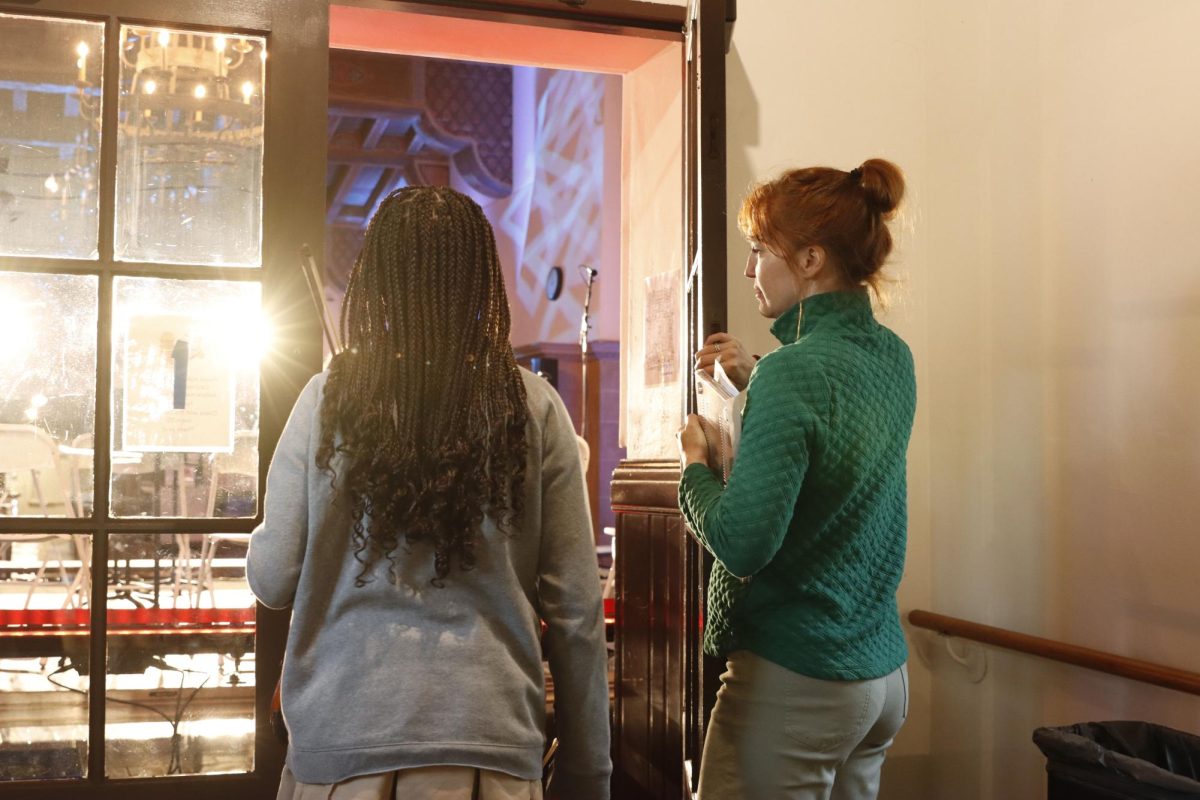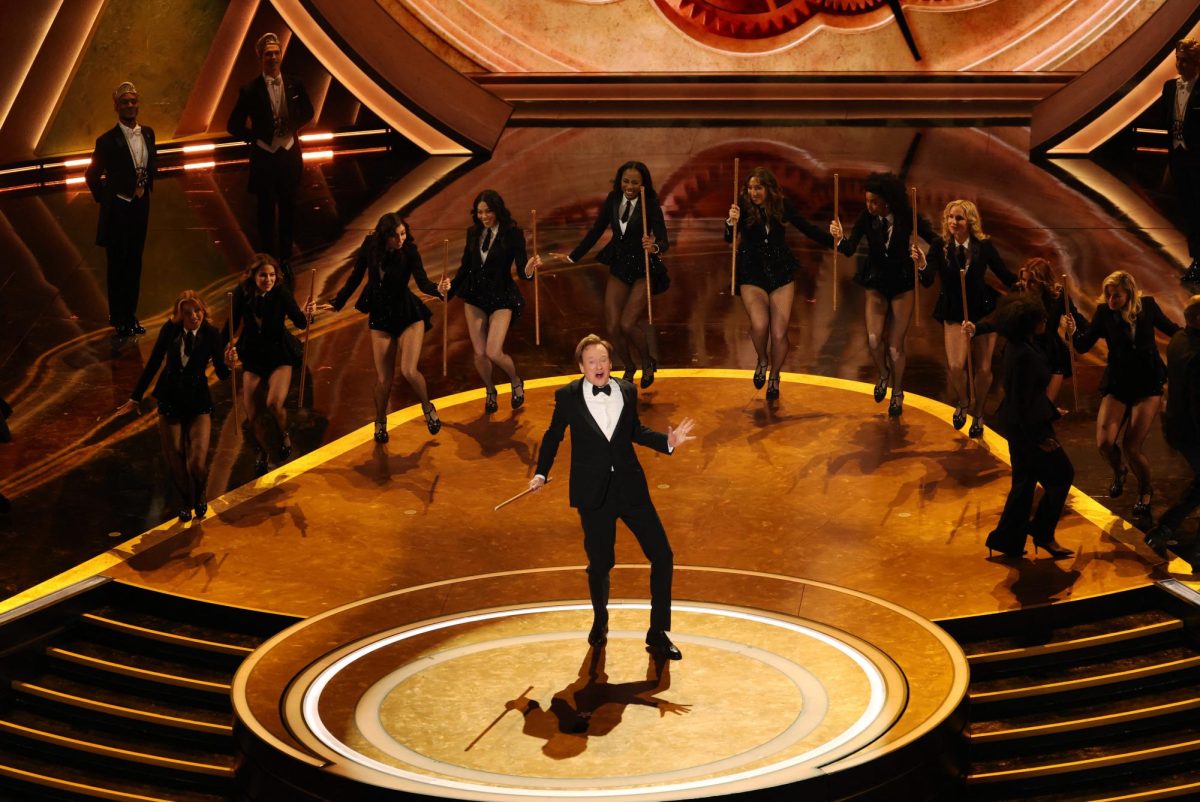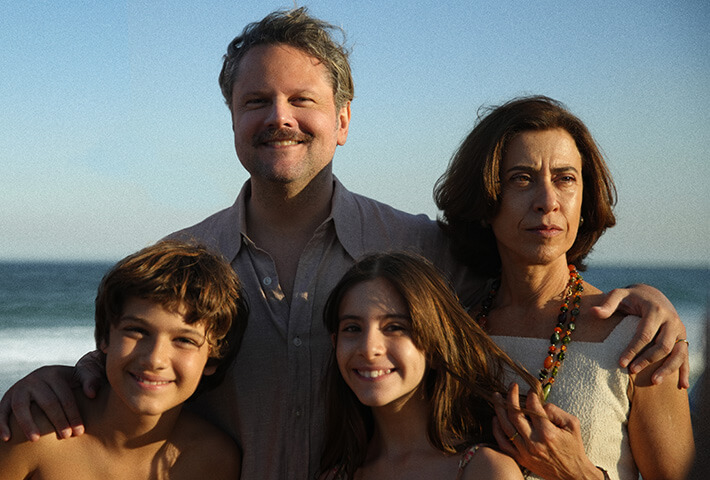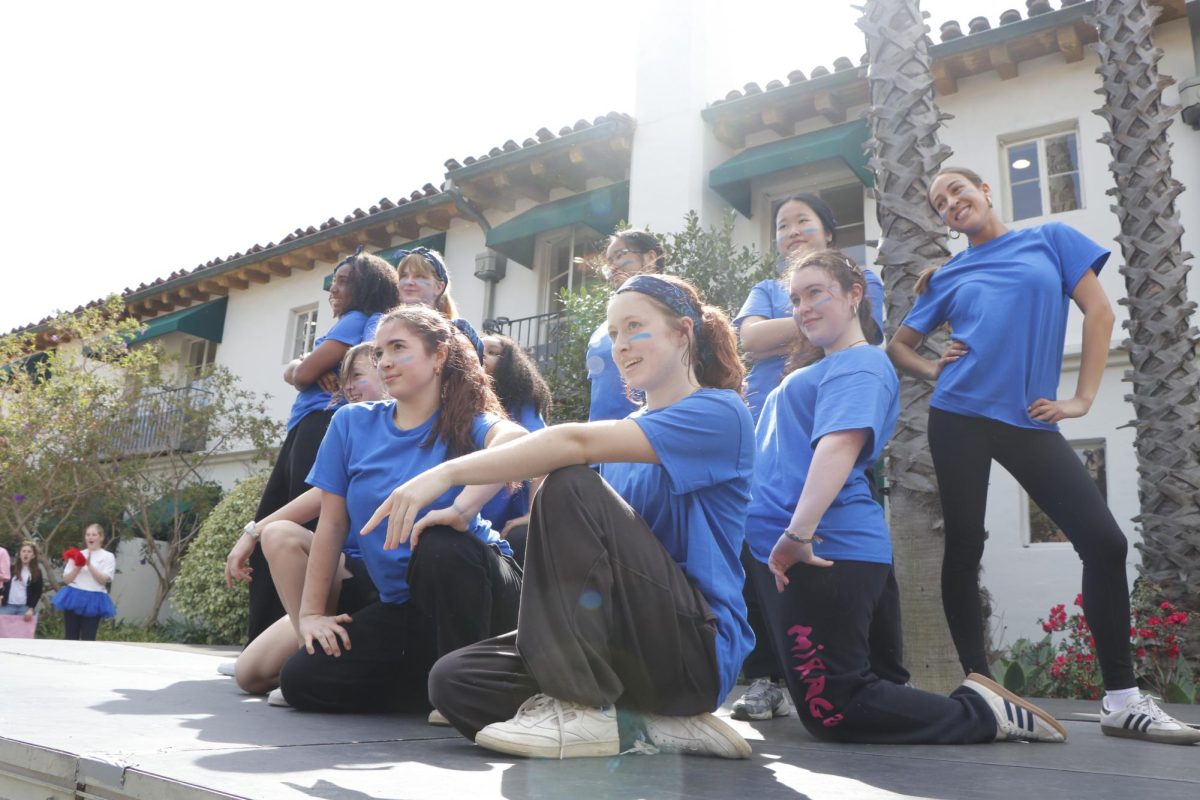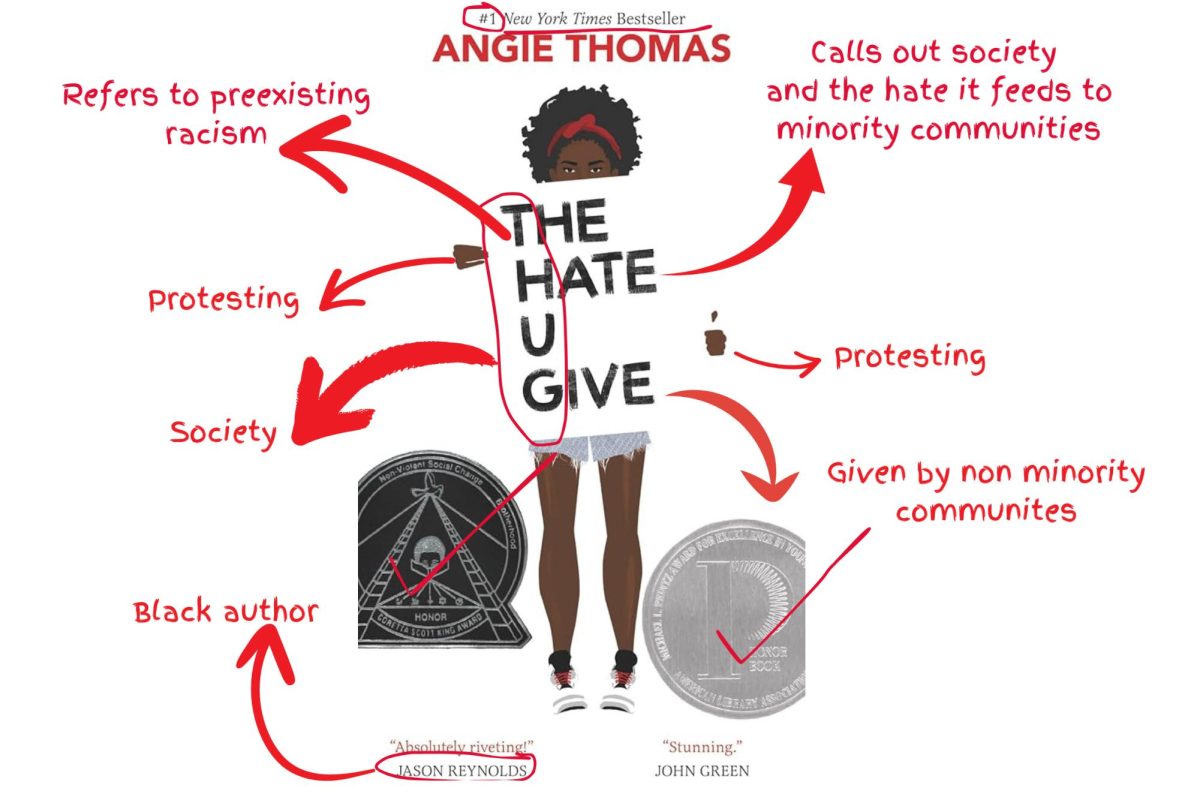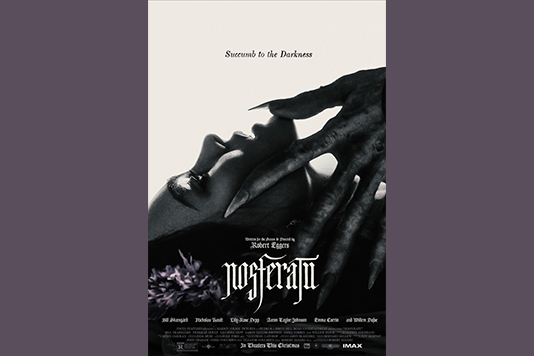
Editor’s Note: “Nosferatu” is an R-rated horror film which may not be suitable for viewers of all ages. Common Sense Media approximates it is appropriate for viewers age 16 and up. The film and this review contain references to and depictions of drug and alcohol use, sex, violence, gore and graphic language.
The genre of horror, as a means of categorizing film, is extremely subjective, largely because fear itself is a diversely felt sensation. The idiosyncrasies that force each of us into cringing fits of terror are non-specific, so much so that fear has taken on the role of a changeling, shapeshifting to plague whichever mind it inhabits.
All of this is to say that “Nosferatu” (2024), directed by horror cinema monolith Robert Eggers, left this writer feeling both horrified and entranced.
Set in a bleak 1830s Germany, the film, which is a remake of F.W. Murnau’s 1922 original, follows the gaunt Ellen Hutter (Lily-Rose Depp) as she is repeatedly sexually corrupted, possessed and manipulated by Count Orlok (Bill Skarsgård), a Transylvanian vampire with malicious intentions. Throughout the film’s two-hour and 12-minute run time, Ellen’s husband, Thomas (Nicholas Hoult), works alongside Professor Albin Von Eberhart Von Franz (Willem Dafoe) to hunt down Count Orlok and terminate his torment of Ellen for good.
The performances from each member of “Nosferatu’s” cast were phenomenal, although Skarsgård was particularly chameleonic — it was difficult to believe that Count Orlok was fictional at all and not a real creature captured on film. Depp is, in the words of Skarsgård, a “f——g superstar;” never have I seen such a raw, agony-ridden performance delivered so organically.
The cast’s ability to carry the dark classicality of “Nosferatu’s” plot with such grace and haunting authenticity is outstanding, but the film’s cinematography truly solidifies its memorability. Eggers has managed to orchestrate a romanticized darkness with such painstaking attention to detail, from resurrecting a dead Slavic language to building five city blocks of mid-19th-century architecture.
Opinions have circulated that the film’s plot drags on at times, but I’d beg to differ and raise the argument that short-form media has completely capsized our attention spans. “Nosferatu” is a behemoth of the horror genre with a narrative that does not work if it is rushed — for it to be understood, it must be suffered through.
When the film concluded (in a bloodbath, nonetheless — although I won’t spoil anything more), and the credits began to roll, I felt hollow. “Nosferatu” leaves the viewer with this abstract, liminal feeling as if the darkness in this world has suddenly gained more personality. As if it has gained more purpose. What a privilege it was to experience this film.
What a privilege it was to “succumb to the darkness.”
Nosferatu (2024)
-
Story
-
Acting
-
Technical Quality
-
Enjoyment
Summary
“Nosferatu” (2024) is the pinnacle of gothic cinema, playing off of just enough horror tropes to keep viewers afraid yet hooked. The acting is masterful, with the cinematography and plot following suit. Overall, this is a must-watch.



